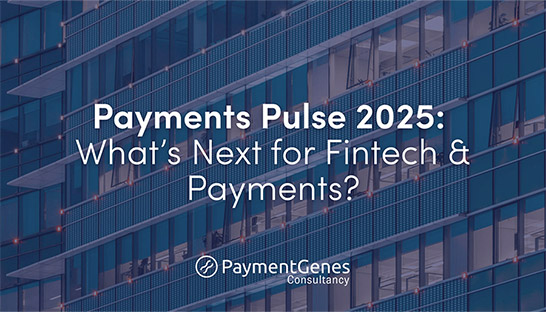
The Future of Payments and Fintech: Trends to Watch in 2025
The payments sector and the larger Fintech industry are at a pivotal moment, driven by rapid technological advancements, shifting consumer expectations, and a complex regulatory framework.
Emerging Trends in Digital Payments
The landscape of Fintech is rapidly evolving, with new trends set to define 2025. According to a white paper from PaymentGenes, the current state of payments reveals significant shifts, including case studies, market data, and expert insights.
Dominance of Digital and Real-Time Payments
Real-time payments, digital portfolios, and account transactions are becoming the baseline in financial ecosystems. In Europe, it’s predicted that digital wallets will become the primary method for online payments by 2030, equating to 40% of all transactions.
Integrated Digital Payment Ecosystems
Digital payment ecosystems are firmly established, with real-time payment networks like SEPA Instant and FedNow gaining widespread adoption. Digital wallets are evolving into comprehensive financial hubs, incorporating loyalty programs, AI-driven personal finance tools, and “Buy Now, Pay Later” options.
Unpacking Open Finance
Open finance is revolutionizing the competitive landscape by expanding data sharing beyond conventional banking. This transition encompasses not just banking, but also investments, insurance, and pensions, allowing consumers to access a broader range of financial services. Europe is leading the charge with initiatives like the EU PSD3 legislation, which enhances data access, while the UK builds on the successful open banking model.
Focus on Sustainability in Payments
Environmental, social, and governance (ESG) factors are becoming increasingly important in the payments industry. Europe paves the way with regulatory mandates that advocate for sustainable finance, while the U.S. experiences market-driven changes influenced by younger consumers’ demand for environmentally responsible options.
Challenges for Alternative Funding Models
After a rapid growth phase, “Buy Now, Pay Later” services now face stringent regulations and rising financing costs, compelling providers to reassess their business models. Surviving this pressure requires robust risk management and adherence to evolving standards set forth by EU regulations.
Adapting to Evolving Fraud and Compliance Risks
The rise of real-time payments necessitates advancements in fraud prevention and compliance strategies. Tools such as AI-based fraud detection, biometric authentication, and enhanced data sharing among industries are essential for mitigating the risks associated with instant transactions.
Revitalization of Fintech Investment and M&A Activity
After a period of stagnation, the Fintech sector is poised for a rebound in investments and mergers and acquisitions in 2025. Companies are likely to pursue strategic partnerships and acquisitions to enhance their efficiency and market presence in this rapidly evolving landscape.
Conclusion
As David Nuñez, a consultant at PaymentGenes, points out, “The payments industry is undergoing a significant transformation, driven by real-time payments, integrated financial services, sustainability, and enhanced fraud prevention strategies.” Companies that embrace adaptability, collaboration, and innovation will be well-positioned to thrive in 2025 and beyond.

